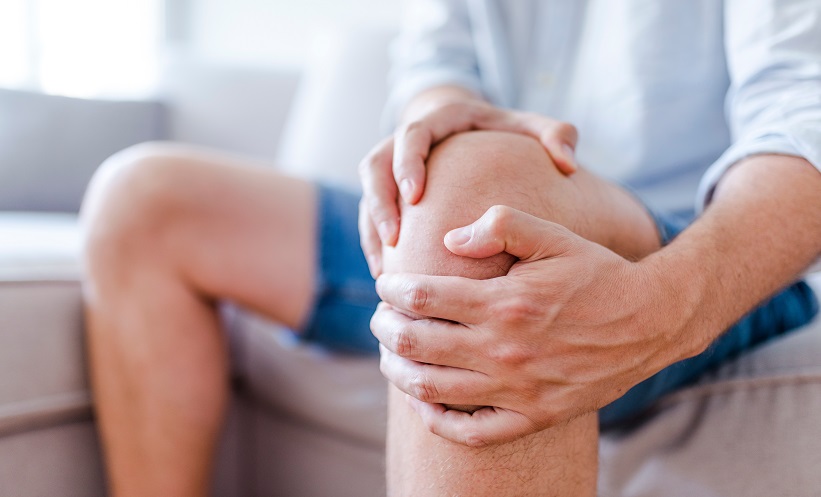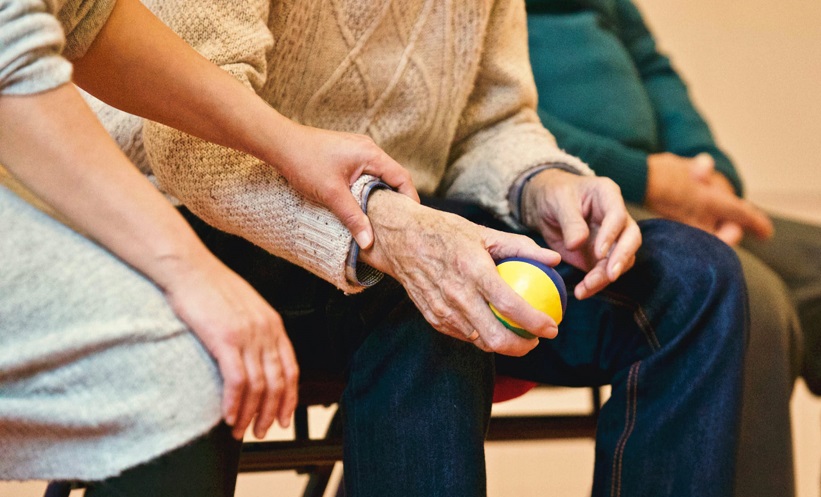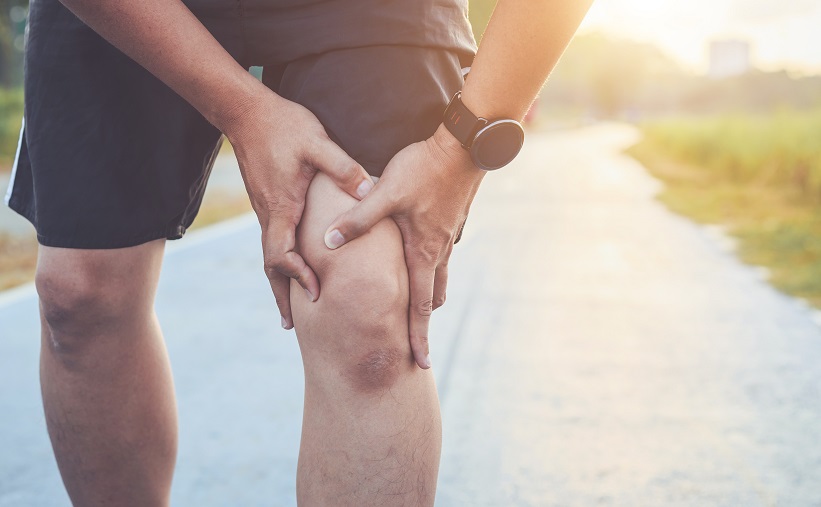DIETS enriched in fats and oils are reportedly linked to worse osteoarthritic pain, according to research from the University of Tasmania, Hobart, Australia. Osteoarthritis (OA) is a degenerative joint disease, characterised by stiffness and pain in the joints. With diet known to influence the inflammation of OA, Feng Pan, Menzies Institute for Medical Research at the University of Tasmania, and team, investigated the relationship between dietary inflammatory index (DII) and OA progression.
DII is a scoring algorithm that classifies one’s diet based on their inflammatory potential. The cohort analysed was from the prospective, population-based TASOAC study. It comprised 1,099 patients completing assessment at baseline, 875 completing assessment at 2.6 years, 768 completing assessment at 5.1 years, and 566 participants completing assessment at 10.7 years. A T1-weighted and T2-weighted MRI was performed on all participants, to determine the cartilage volume and bone marrow lesions at baseline and 10.7 years. Their OA pain was evaluated using the Western Ontario and McMaster Universities Osteoarthritis Index (WOMAC) pain questionnaire.
Results revealed a correlation between DII scoring and intake of fats, oils, sweets and sodas, meat, fish, poultry, beans, and eggs. Conversely, lower DII scores were reported for diets rich in grains, fruits, and vegetables. In multivariable analyses, empirical DII scores were positively associated with pain scores, and a greater likelihood of being classified into the ‘moderate pain’ group over ‘minimal pain’ during the 10-year period. Interestingly, however, MRI scans identified no change in tibial cartilage volume, and empirical DII score was only linked to size increases in tibial bone marrow lesions (risk ratio: 0.86; 95% confidence interval: 0.75–0.98).
To conclude, Pan emphasised the importance of diet in pain management of OA, recommending patients adopt an anti-inflammatory diet. With inconsistent findings related to structural changes, future research could investigate this further.








